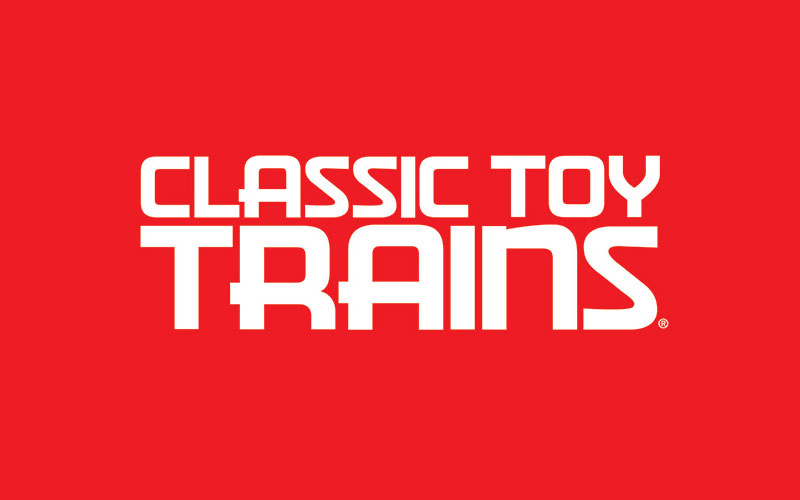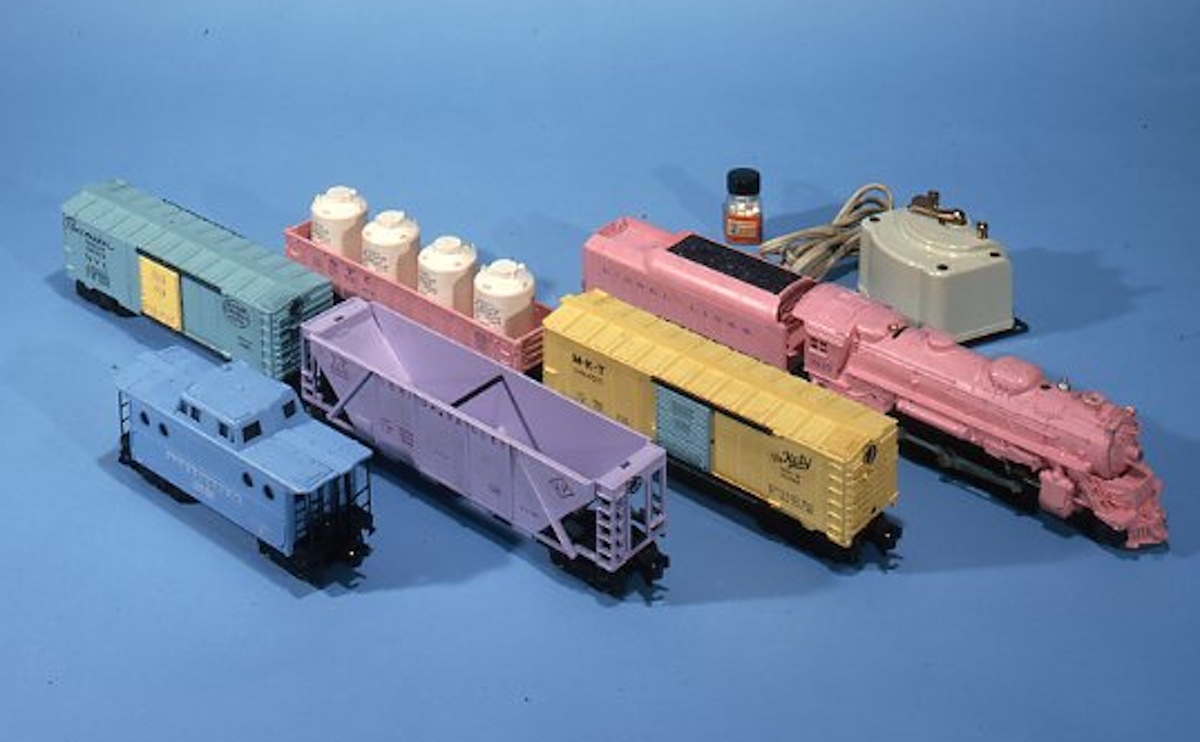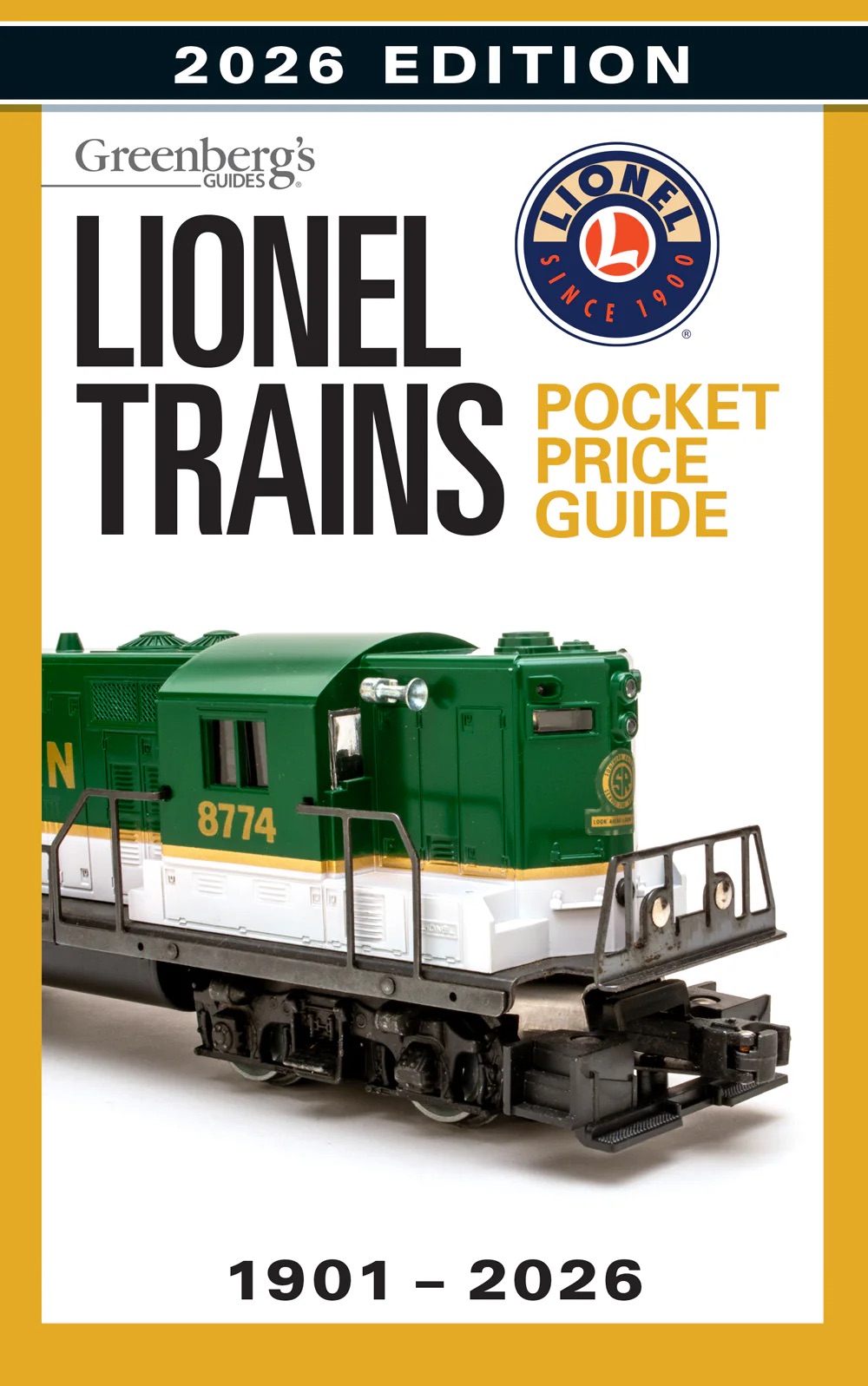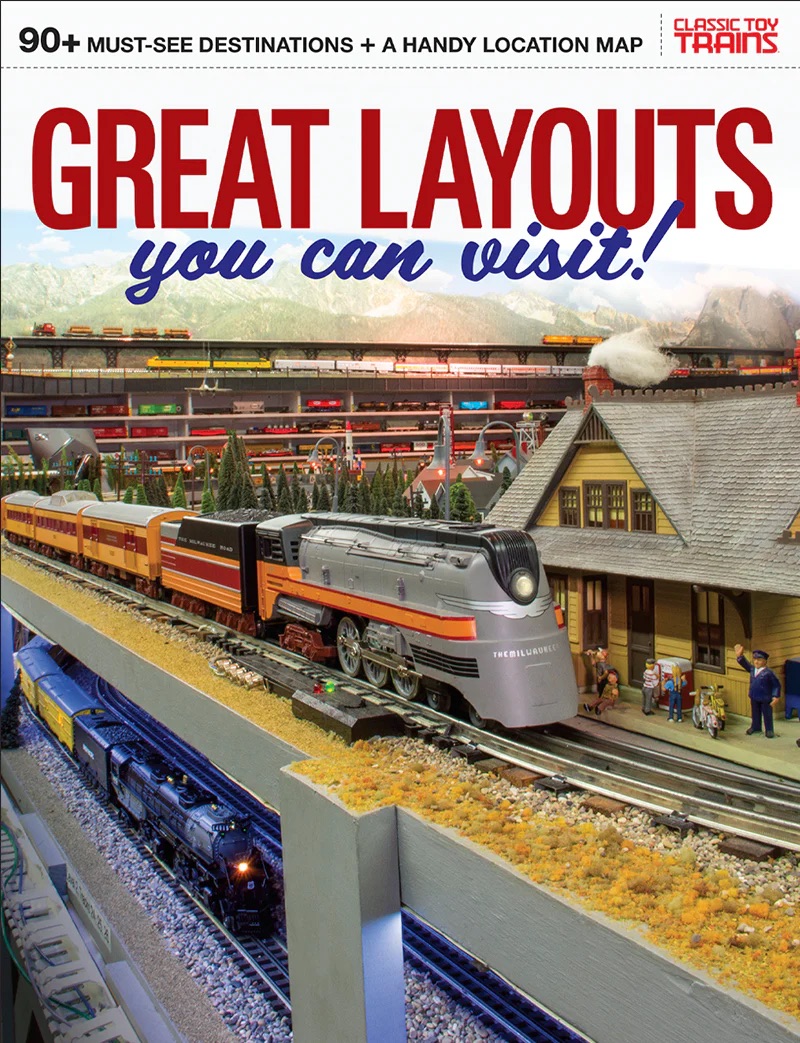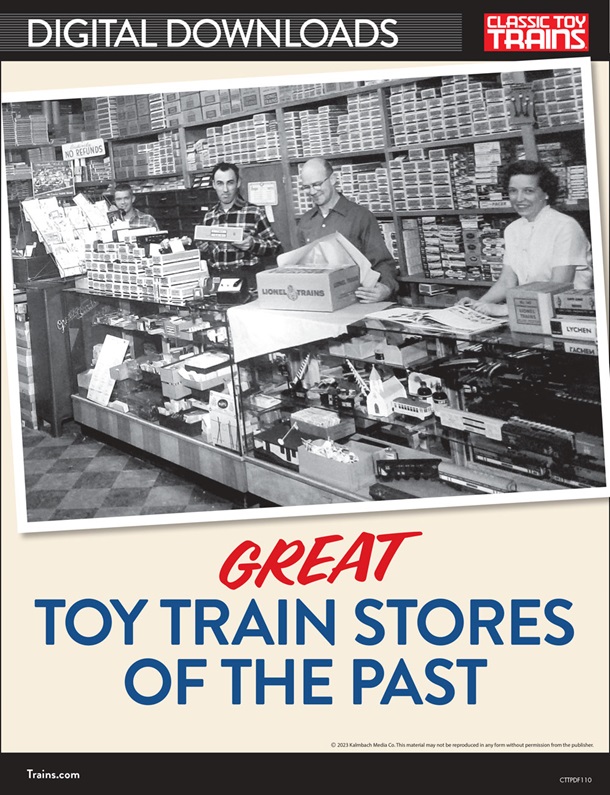Lionel’s No. 671 Pennsylvania RR S2 steam turbine is one of the classic O gauge locomotives of the postwar era. Lionel released it for the first full product line of the post-World War II era in 1946. But the brilliant minds in the Engineering Department at Lionel were almost certainly taking their first steps in designing it as the war was winding down in 1945. So, we can fairly wish the 671 a happy 80th anniversary and shed light on why it is a key addition to any Lionel collection.
In addition, we can benefit from the insights about the background of the Lionel 671 provided by longtime collector Keith Beyer and summarized here. As important, Keith offers terrific advice about how to keep the 671 or any of the Turbines cataloged by Lionel during the postwar era in great running condition.
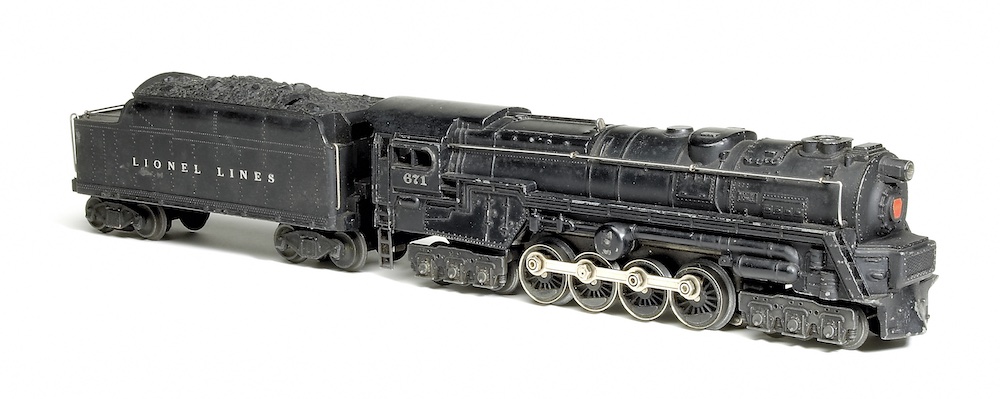
Story of the 671
There have been a few excellent looks at the Turbines released by Lionel during the postwar period. One of the best overviews ever received by the editors at Classic Toy Trains was Keith’s look at their history and operation. Oddly, his manuscript from 20 years ago was never published in CTT, so it will now serve postwar collectors plus users of Trains.com as the foundation of this article.
According to Keith, Lionel’s model of the Pennsylvania RR S2 Steam Turbine was the company’s first completely new locomotive of the postwar era. Introduced as the Nos. 671 (for the O gauge lineup) and 2020 (for the O-27 gauge lineup) in 1946, the Turbine was cataloged all the way through 1955. The model was upgraded with Magne-Traction in 1950 and designated the No. 681. Then in 1954 and ‘55, it was modified in detail as the No. 682. A version used in the innovative Electronic Control Set from 1946 through 1949 was the No. 671R.
Executives at Lionel, bewitched by the publicity the full-size Turbine had received at its splashy debut in 1944, pressed ahead with a replica to showcase as their first entirely new postwar locomotive. So confident did they feel about the model with a 6-8-6 wheel arrangement they decided all-but-identical versions would be valuable additions to the O gauge and O-27 cataloged rosters for 1946.
Lionel used actual blueprints obtained from the Pennsylvania RR when designing its Turbine. Designers decided a horizontally mounted Lionel Precision Atomic Motor would be used in tandem with a worm shaft that turned two axles with worm wheels. Spur gears linked the worm shaft with the motor shaft.
Modified motors
Designers crammed the motor and worm shaft into so tight a space inside the die-cast metal casting they couldn’t mount the reverse unit vertically. As a consequence, they had to lay the unit flat and devise a plug-and-jack arrangement in the cab to handle lockout functions. No customary slot in the shell for the lever.
Problems with the motor motivated engineers to improve the 671 and 2020 Turbines made and marketed in 1947 and the following two years. They substituted a single worm drive for the double one. The updated design powered only the rear drivers and put the worm on the motor shaft. Those modifications shifted the motor to a 30-degree angle, leaving additional space so the reverse unit could be installed vertically. The familiar slot for the protruding level appeared.
As an aside, designers confronted and overcame another challenge when developing the Turbines. They had to figure out how to get a locomotive with 20 wheels to operate on O gauge track with a 31-inch diameter. They chose to omit flanges from the two middle drivers on each side. Doing so tightened the turning radius yet compromised the pulling power, thereby disappointing Turbine owners.

Different tenders
Let’s turn next to the subject of the tenders packed with the different early Turbines. Keith pointed out that the No. 671W whistle tender included with the 671 Turbine in 1946 and ’47 was a generic type. So also were the Nos. 2020W and 2466WX whistle tenders that came with 2020 Turbines during those years.
Not until 1948 did the talented engineering staff at Lionel come out with a prototypical streamlined Pennsylvania RR tender. Again, they relied on blueprints provided by the Pennsy of the actual tender used with its S2 locomotive. Lionel’s new No. 2671W streamlined tender equipped with six wheels and featuring a water scoop. “Pennsylvania” was rubber-stamped in silver or white on it. Early versions of the tender had operating red backup lights; they are desirable models.
Interestingly, Lionel made extensive use of the attractive new tender long after both its miniature Turbine and the full-size Pennsylvania S2 were gone.
Short yet strong
In appearance, Keith wrote, “the Lionel Turbine is diminutive; it is well undersized for O and O-27 gauge.” In specific terms, the 671 and 2020 Turbine and tender combinations measure a bit less than 20 inches in length and weigh about 6.5 pounds. All the same, he added, when a 671 or 2020 Turbine is paired with the later whistle tender, the combination looks good on the track, “especially when coupled with the smaller freight cars and passenger cars of the 1940s.”
In Keith’s experience, a 671 can pull three heavyweight passenger cars or three of the shorter, streamlined passenger cars with ease. It did equally well with freight cars, even with the longer, near-scale boxcars from the 1950s. To be clear, Keith’s 671 “pulled nine No. 6464 boxcars through an O-31 reversing loop quite well with only barely noticeable wheel slippage.” That’s the number he suggests.
Servicing advice
Servicing a 671 or 2020 Turbine was, in Keith’s estimation, “relatively easy.” He mentioned how the boiler front “simply pulls off when changing the light bulb. However, a stiff metal spring clip holds the entire front in place, so it is a bit difficult to take off the boiler front, especially because there’s nothing in particular to grab on to.” He advised using caution when pulling it off because “too much force will send the boiler front flying when it eventually comes loose!”
Removing the body shell involved taking out one screw at the front and two screws at the back, just behind the last drive wheel on each side. Keith didn’t find it necessary to remove as well the screws holding the lead and trailing trucks. In fact, he warned against doing so as reattaching them was somewhat difficult.
“Inside the shell,” Keith wrote, “you find a simple setup.” He referred to the Atomic Motor mounted horizontally on early Turbines or the precision motor mounted on an angle on later versions, along with the E-unit and light bulb.
Engineers at Lionel also had installed a lead weight toward the front of the locomotive to provide more heft and so increase its pulling power. The weight, Keith said, added 1.3 pounds to the engine. It was located “a little farther forward than optimal for better traction (over the front drive wheel and leading truck).”
Keith left us with one more neat tidbit of information. The number “6200” appeared on the keystone emblem on the various Lionel models for one reason: It was the number used by the Pennsy for its magnificent yet short-lived prototype.
Read a review of Lionel’s 2024 version of the Also S2 switcher.






